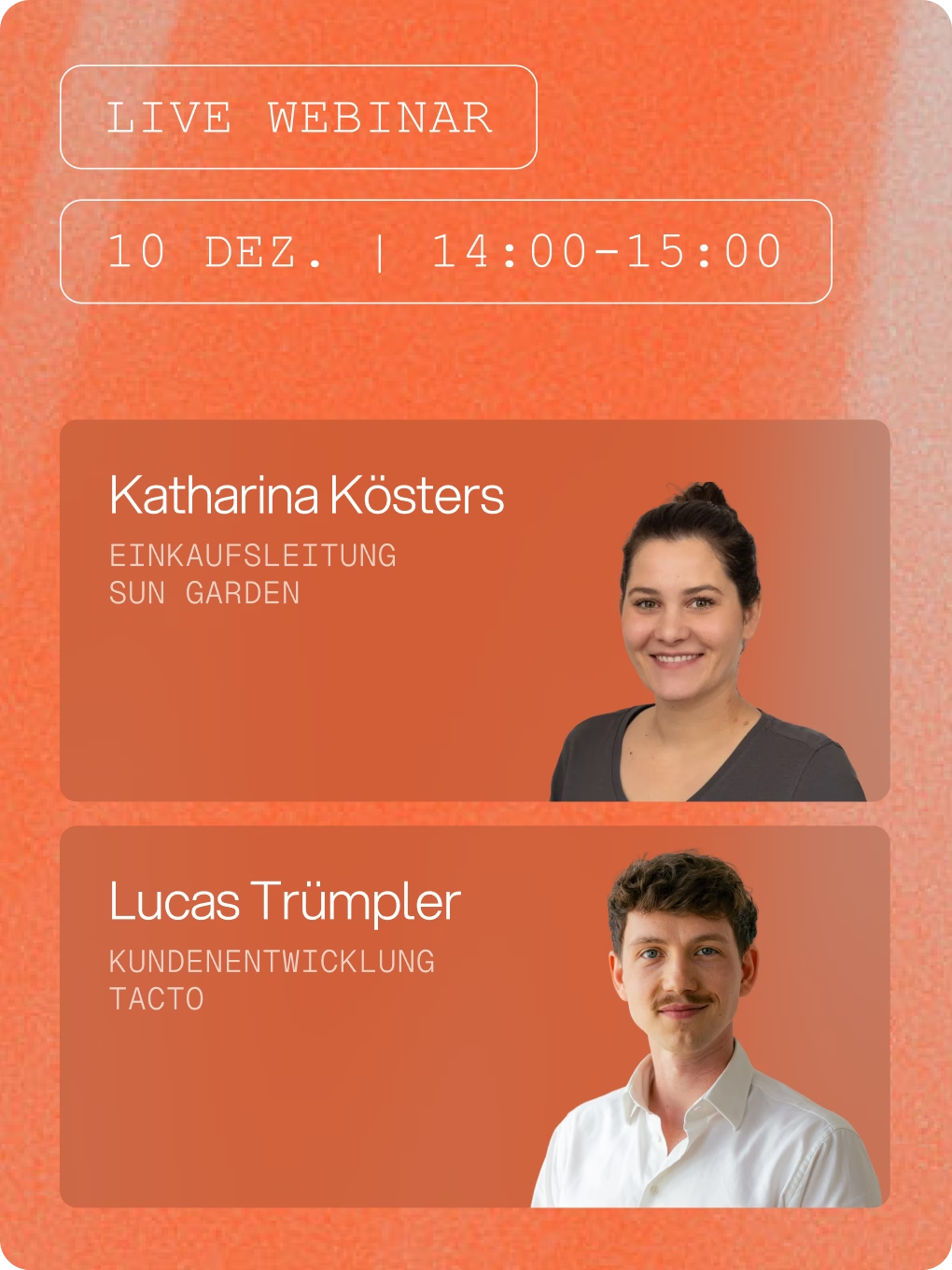Procurement Glossary
Price inquiry: Systematic price determination in strategic Procurement
November 19, 2025
A price inquiry is a structured procedure for determining market prices and delivery conditions from potential suppliers. It forms the basis for well-founded procurement decisions and enables a transparent cost analysis. Find out below what constitutes a price inquiry, which methods are available and how you can use them strategically.
Key Facts
- Systematic instrument for determining market prices prior to procurement decisions
- Enables comparability of different supplier offers through standardized inquiries
- Legally non-binding collection of information without contractual character
- Basis for negotiation strategies and budget planning in Procurement
- Digitalization enables automated inquiry processes and faster market analyses
Contents
Definition: Price inquiry
A price inquiry is the systematic determination of prices and conditions from suppliers for specific products or services without any legal obligation.
Key features of a price request
Price inquiries are characterized by their non-binding and informative nature. They are used for market analysis and pricing without entering into contractual obligations.
- Legally non-binding collection of information
- Standardized request specifications for comparability
- Time-limited validity of the prizes received
- Basis for further negotiations
Price inquiry vs. invitation to tender
In contrast to formal tenders, price inquiries are less structured and legally non-binding. They enable flexible market analysis without the strict procedural rules of public procurement and support price negotiation techniques.
Importance of the price request in Procurement
Price inquiries form the basis of strategic procurement decisions. They enable a well-founded cost-benefit analysis and support budgeting with reliable market data.
Methods and procedures
Various approaches enable systematic and efficient execution of price inquiries depending on the procurement situation and market conditions.
Structured inquiry processes
A standardized process ensures comparability and completeness of the information received. The specification should contain all relevant technical and commercial parameters.
- Clear product specifications and quantities
- Defined delivery dates and payment terms
- Quality requirements and certifications
- Response deadlines and evaluation criteria
Digital inquiry platforms
Electronic systems automate the inquiry process and enable efficient management of multiple suppliers. They support process cost optimization by reducing manual activities.
Market analysis and benchmarking
Regular price inquiries create transparency about market developments and enable the evaluation of existing supplier conditions. This supports strategic decisions on raw material indexing and contract design.

Tacto Intelligence
Combines deep procurement knowledge with the most powerful AI agents for strong Procurement.
Key figures for controlling price inquiries
Systematic key figures allow the efficiency and quality of price inquiry processes to be evaluated and continuously optimized.
Process efficiency key figures
The measurement of throughput times and response rates shows the efficiency of the inquiry process. A high response rate and short processing times indicate a well-structured process.
- Average processing time per request
- Response rate of the requested suppliers
- Number of usable offers per request
- Costs per completed price inquiry
Quality indicators of the market analysis
The evaluation of price dispersion and market coverage shows the quality of the market analysis. An appropriate number of offers from different supplier segments ensures representative results for purchasing controlling.
Success of downstream negotiations
The comparison between initial price inquiries and final contract conditions measures the effectiveness of the negotiation process. This supports the evaluation of savings types and their realization.
Risk factors and controls for price inquiries
Various risks can impair the quality and informative value of price inquiries and lead to suboptimal procurement decisions.
Incomplete or incomparable offers
A lack of standardization of request specifications leads to different interpretations among suppliers. This makes objective evaluation difficult and can lead to wrong decisions.
- Unclear technical specifications
- Different delivery conditions and payment terms
- Lack of quality standards
- Different currencies and price bases
Market manipulation and strategic bidding behavior
Suppliers can deliberately quote low prices in inquiries in order to win orders and later initiate renegotiations. A careful cost driver analysis helps to assess plausibility.
Time delays and market volatility
Long inquiry processes can be overtaken by market changes. Particularly in volatile commodity markets, price information quickly loses its validity, which makes price index linking necessary.
Practical example
An automotive supplier needs 50,000 steel sheets for series production. The purchasing department carries out a structured price inquiry with eight qualified suppliers. The specification includes material quality, dimensions, delivery dates and quality certifications. Within two weeks, six usable offers are received with a price range of 15%. The analysis shows that the cheapest supplier realizes cost advantages through optimized logistics processes and a new production facility.
- Standardized request specification ensures comparability
- Broad supplier base creates market transparency
- Systematic evaluation identifies cost drivers and potential savings
Current developments and effects
Digitalization and new technologies are fundamentally changing the way in which price inquiries are carried out and evaluated.
AI-supported price analysis
Artificial intelligence enables the automated evaluation of price inquiries and the identification of market trends. Machine learning algorithms can recognize price patterns and create forecasts for future developments.
- Automated offer evaluation and comparison
- Predictive analytics for price trends
- Intelligent supplier suggestions based on historical data
Real-time pricing and dynamic markets
Digital platforms enable real-time price inquiries and immediate market reactions. This supports agile procurement strategies and the use of spot buying opportunities.
Sustainability criteria in price inquiries
Environmental and social standards are increasingly being integrated into price inquiries. The total cost of ownership also takes sustainability aspects and life cycle costs into account.
Conclusion
Price inquiries are an indispensable tool for strategic procurement decisions and create market transparency without legal obligations. Digitalization and AI technologies are revolutionizing the efficiency and quality of market analysis. Successful price inquiries require standardized processes, qualified supplier networks and systematic evaluation methods. They form the foundation for sound negotiation strategies and sustainable supplier relationships in modern Procurement.
FAQ
What is the difference between a price request and a tender?
A request for quotation is legally non-binding and serves to gather information, whereas invitations to tender are formal award procedures with legal obligations. Price inquiries offer more flexibility when selecting suppliers and conducting negotiations.
How many suppliers should be contacted for a price inquiry?
Ideally, 5-8 qualified suppliers are needed to ensure a representative market analysis. Too few suppliers reduce the informative value, while too many increase the effort disproportionately and lengthen the processing time.
What information should be included in a price request?
Complete product specifications, quantities, delivery dates, quality requirements, payment terms and response deadlines are essential. The more precise the request, the more comparable and usable the offers received are for the procurement decision.
How long are prices from price inquiries valid?
Depending on market volatility and product category, the validity varies from a few days for commodities to several months for standardized products. An explicit validity period should be defined in the request in order to create planning certainty.



.avif)

.png)


.png)




.png)
